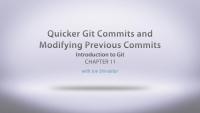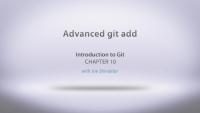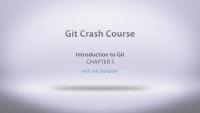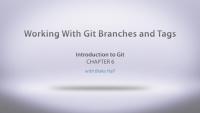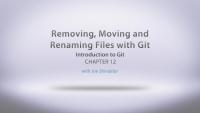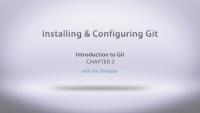Design to Theme is closed
But Drupalize.Me is Open!
Effective April 1, 2013 the Design to Theme shop is closed.
I mentioned earlier this year that there would be some changes with my business based on the feedback that I'd received from you. You said you wanted content more chunked, and in video format. You said you found it difficult to structure your time to attend live workshops, and that it was easier for you to budget for a smaller amount of money monthly rather than a big chunk of money less frequently. As you probably know: this is not how my business has been structured. In fact it's the exact opposite. So with lots and lots of careful consideration (and months and months of planning), I'm very pleased to announce that I've accepted a job with the Drupalize.Me team as their new Education Development Coordinator. Drupalize.Me provides the very things you have been asking for, so please take a look around.
What does this mean for Design to Theme customers?
Any commitments that I've made for a class that you're enrolled in will still be honoured. All new training will be run through Drupalize.Me. If you'd like to stay in touch, please subscribe to the Drupalize.Me newsletter.
Thanks so much for your support of my business. It's been a blast! I look forward to doing even bigger and better work for you with my new team.
emma
